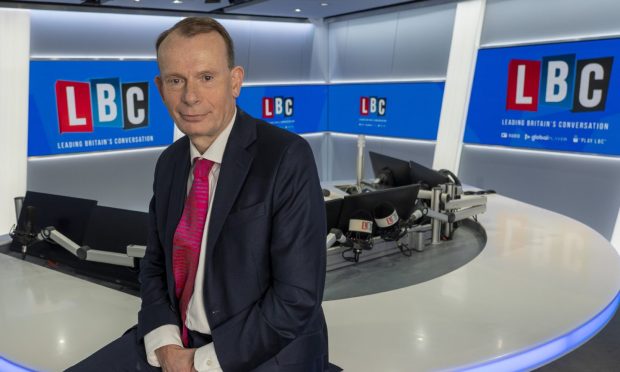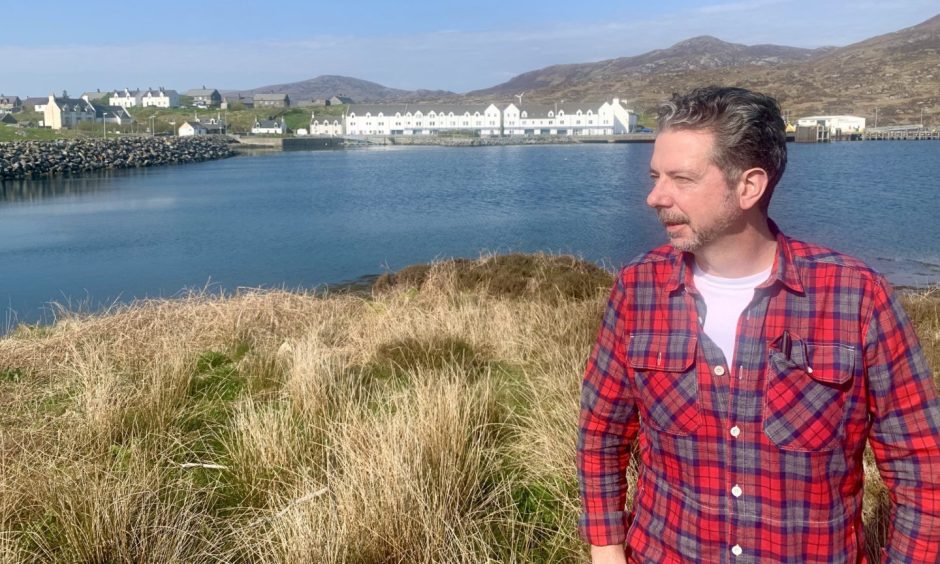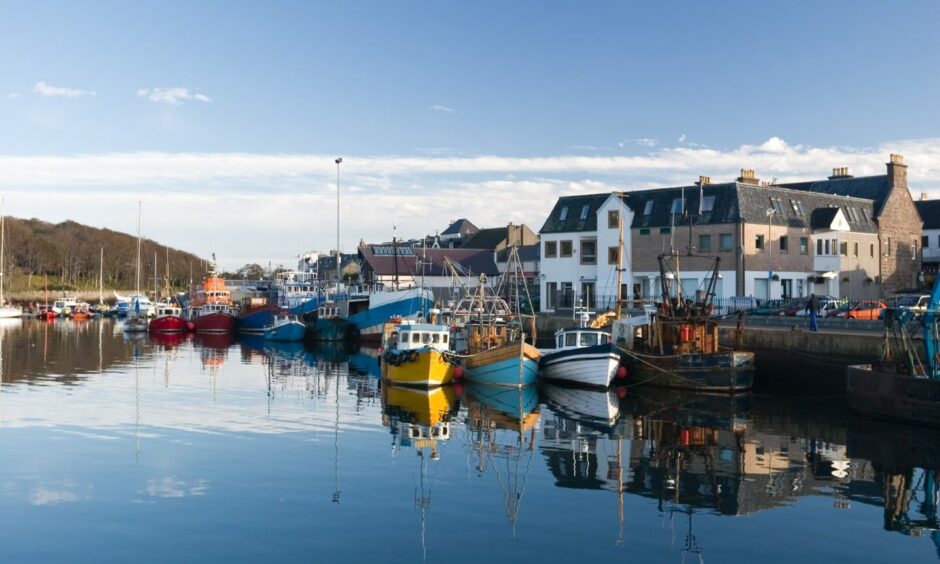Western Isles MP Torcuil Crichton has criticised veteran broadcaster Andrew Marr for claiming there are too many Gaelic signs in Scotland.
The Labour politician – who is fluent in the language – claimed the ex-BBC journalist had a “Dundee-centred world view”.
Mr Crichton’s Western Isles constituency is Scotland’s Gaelic stronghold and the majority of residents have an understanding of the language.
Former BBC political editor Mr Marr said it was “offensive” that there were so many translated signs in parts of the country where Gaelic is not widely spoken.
He used the example of Haymarket train station in Edinburgh, branding its alternative Gaelic sign “ridiculous”.
A recent study at Edinburgh university stated the language has been present in the capital for more than a thousand years.
His comments came during an event at the Labour Party’s conference in Liverpool
Mr Marr said: “Why does Haymarket have to have the Gaelic for Haymarket under it? It’s ridiculous.
“The Scots are made up of many different peoples historically.
“Many different groups of people have come to Scotland and they brought different languages and I think we should let languages rest and prosper where they come from.”
But Mr Crichton pointed out thousands of Scots in major cities such as the capital and Dundee still speak the language.
He said: “Andrew Marr is a fellow journalist and highly respected Scot who has just the slight disadvantage of having a Dundee-centred world view.”
Mr Marr was born in Glasgow, but went to school in Dundee.
Mr Crichton pointed out the east coast city’s name is of Gaelic origin.
He added: “About 1,000 Gaelic speakers live there, almost the same as the Isle of Barra.”
The Highland region is the second most proficient area in Scotland when it comes to Gaelic speakers.
Around 8% of residents across the local authority had some level of proficiency in the language.
Roughly 6% of people living in Argyll and Bute are able to understand Gaelic.
Both regions contain several island communities, such as Skye, where the language remains prominent.
Last year residents on the Western Isles spoke of their hopes for Gaelic’s future as they said it’s “in the very DNA of Scotland”.
The number of Scots who could speak the language as of the latest census had jumped by more than 40,000 compared to 2011.
The language has incidentally been spoken in Edinburgh for more than 1,000 years.



Conversation